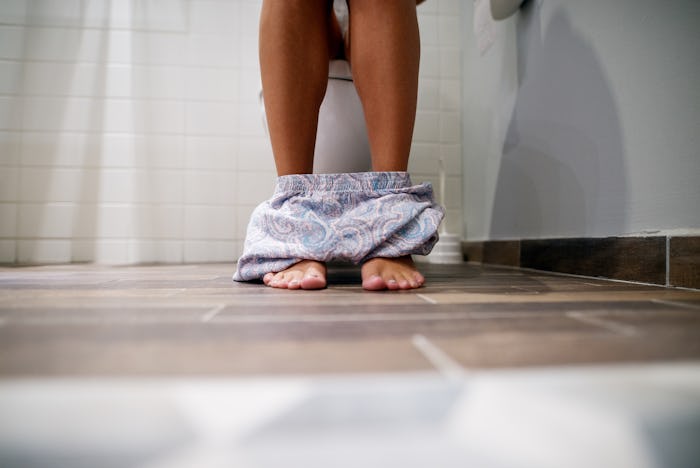There are lots of wonderful things about being a woman: childbearing, longer lifespan, fashion, conversation skills, sensitivity, paint-and-sip nights. Then there are a few things about our gender that we could just as easily do without, such as all the things that can go wrong with our lady parts: 75 percent of women will have a yeast infection in their lifetimes; half of the female gender will suffer more than one. Yay us!
A healthy vagina is a chemically well-balanced wonder, where the lactobacillus bacteria and a yeast fungus called Candida albicans live together peacefully, according to the Mayo Clinic. But when your immune system is thrown off-balance, the Candida starts to take over, and the overgrowth of yeast causes vaginal symptoms that range from mild to lose-your-mind uncomfortable.
Some of the most common triggers for yeast infections include antibiotic use (which kills that good bacteria), diabetes, and taking oral contraceptives. Too much heat and moisture around the down-there is also like a welcome mat for yeast, which is why doctors recommend cotton underwear and workout gear, not to mention getting out of wet bathing suits and sweaty pantyhose ASAP.
A full-blown yeast infection is hard to ignore; the discomfort is usually enough to send you straight to your gyno or the nearest Walgreens. But the early symptoms can be mild enough to ignore, so knowing what they are can help you stay alert. If you notice any of the following signs of a yeast infection, especially if you've never had one before, talk to your doctor.
1You're Itching Down There (A *Lot*)
One of the most recognizable signs of a yeast infection is itching, according to WebMD. It can occur inside the vagina or around the vulva (the external surrounding tissues). And we're not talking about a little twinge, either; this is OMG make it stop itching, and scratching often just makes it worse.
2It Burns When You Pee
A yeast infection can cause a burning sensation when you pee, similar to the pain of a urinary tract infection. The difference between yeast infections and UTIs, explained Healthline, is that UTIs include other symptoms such as urinary urgency, blood in the urine, and fever.
3You Have "Cottage Cheese" Discharge
Another telltale sign of a yeast infection is a thick, lumpy white vaginal discharge similar to cottage cheese. A Candida-based discharge may also be watery. Either way, a yeast infection discharge usually has no odor, said the American College of Obstetricians and Gynecologists (ACOG). If you have a discharge with a fishy odor (particularly if the smell seems stronger after sex) this is more likely a sign of bacterial vaginosis, a condition that should be diagnosed and treated by your doctor.
4Your Vulva Is Red
Still not sure if your genital itching is a yeast infection? Get a hand mirror (go ahead; we'll wait) and take a good look at your vaginal area. If your vulva looks red, swollen and irritated rather than pink and healthy, blame the yeast, according to WebMD.
5Sex Is Painful
As if a vaginal yeast overgrowth wasn't bad enough in itself, it can also wreck your sex life. WebMD confirmed that a yeast infection can cause a burning sensation during sex. If you've been rubbing or scratching down there, despite your best intentions, the irritated tissues can become even more sore during the friction of intercourse. (All the more reason to get help quickly if you think you have a yeast problem.)
6You're Pregnant
Okay, this isn't actually a symptom. But it helps to know that you're more likely to get a yeast infection during pregnancy than at any other time, said BabyCenter. Blame it on all the hormonal changes that take place in your body — including more yeast-attracting sugar in your vaginal fluids — when you're growing another human being. Talk to your OBGYN if you're pregnant and suspect you've got a yeast infection; even though oral meds aren't recommended for expectant moms, OTC creams and suppositories are considered safe.
